
Filter News
Area of Research
- Advanced Manufacturing (2)
- Biological Systems (1)
- Biology and Environment (13)
- Clean Energy (32)
- Climate and Environmental Systems (1)
- Computational Biology (1)
- Energy Frontier Research Centers (1)
- Fuel Cycle Science and Technology (1)
- Fusion and Fission (8)
- Isotopes (1)
- Materials (45)
- Materials for Computing (3)
- National Security (8)
- Neutron Science (20)
- Nuclear Science and Technology (6)
- Nuclear Systems Modeling, Simulation and Validation (1)
- Sensors and Controls (1)
- Supercomputing (24)
News Type
Date
News Topics
- 3-D Printing/Advanced Manufacturing (8)
- Advanced Reactors (4)
- Artificial Intelligence (6)
- Big Data (1)
- Bioenergy (4)
- Biology (7)
- Biomedical (2)
- Biotechnology (1)
- Buildings (3)
- Chemical Sciences (9)
- Climate Change (2)
- Composites (1)
- Computer Science (13)
- Coronavirus (2)
- Critical Materials (1)
- Cybersecurity (5)
- Decarbonization (5)
- Element Discovery (1)
- Energy Storage (15)
- Environment (6)
- Exascale Computing (3)
- Fossil Energy (1)
- Frontier (5)
- Fusion (3)
- Grid (6)
- High-Performance Computing (3)
- Isotopes (4)
- ITER (1)
- Machine Learning (3)
- Materials (16)
- Materials Science (8)
- Microscopy (4)
- Nanotechnology (6)
- National Security (7)
- Neutron Science (10)
- Nuclear Energy (9)
- Partnerships (6)
- Physics (10)
- Polymers (3)
- Quantum Computing (2)
- Quantum Science (6)
- Security (5)
- Space Exploration (1)
- Summit (3)
- Sustainable Energy (5)
- Transformational Challenge Reactor (2)
- Transportation (5)
Media Contacts
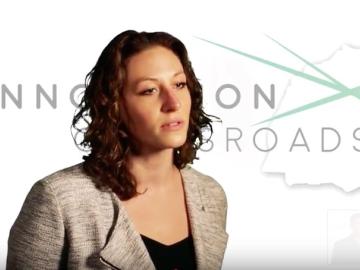
Oak Ridge National Laboratory today welcomed a second group of technology innovators to join Innovation Crossroads, the Southeast’s only entrepreneurial research and development program based at a U.S. Department of Energy national laboratory. Selected through a me...

James Peery, who led critical national security programs at Sandia National Laboratories and held multiple leadership positions at Los Alamos National Laboratory before arriving at the Department of Energy’s Oak Ridge National Laboratory last year, has been named a...



A scientific team led by the Department of Energy’s Oak Ridge National Laboratory has found a new way to take the local temperature of a material from an area about a billionth of a meter wide, or approximately 100,000 times thinner than a human hair. This discove...
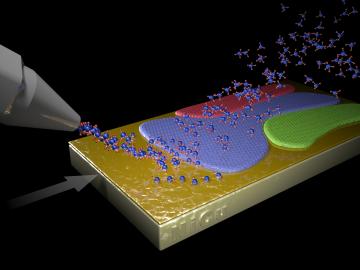
A new method to produce large, monolayer single-crystal-like graphene films more than a foot long relies on harnessing a “survival of the fittest” competition among crystals. The novel technique, developed by a team led by Oak Ridge National Laboratory, may open new opportunities for growing the high-quality two-dimensional materials necessary for long-awaited practical applications.
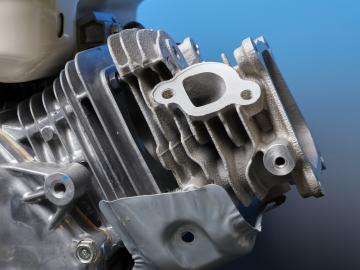
Four technologies developed at the Department of Energy’s Oak Ridge National Laboratory have earned 2018 Excellence in Technology Transfer Awards from the Federal Laboratory Consortium for Technology Transfer (FLC). The FLC is a nationwide network of more than 30...

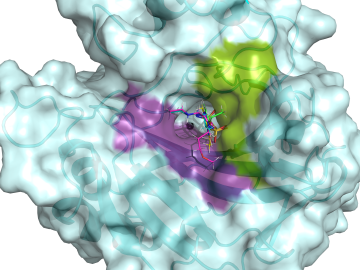
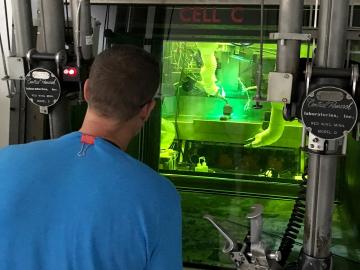
Scientists of the Department of Energy’s Light Water Reactor Sustainability Program (LWRS) and partners from the Electric Power Research Institute (EPRI) have conducted the first weld tests to repair highly irradiated materials at DOE’s Oak Ridge National Laboratory.


